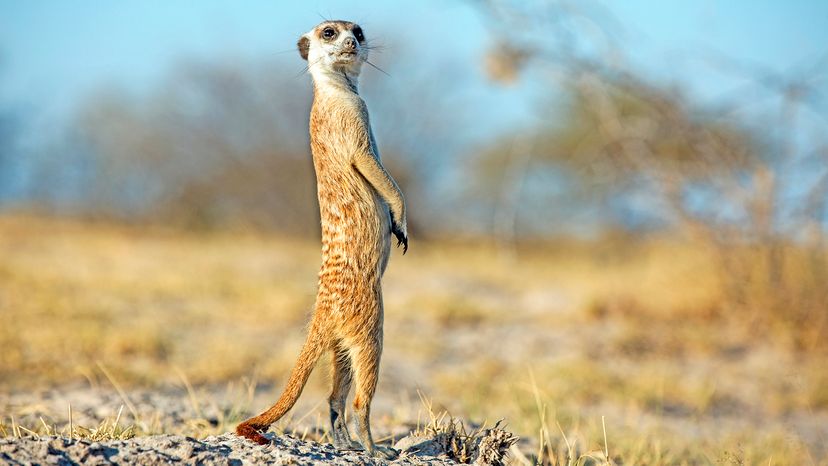
How many animal names start with an "M"? The animal kingdom has many incredible animals that start with "M," including mighty predators, gentle giants, the largest species of fish and common animals found in the northern hemisphere.
Advertisement

How many animal names start with an "M"? The animal kingdom has many incredible animals that start with "M," including mighty predators, gentle giants, the largest species of fish and common animals found in the northern hemisphere.
Advertisement
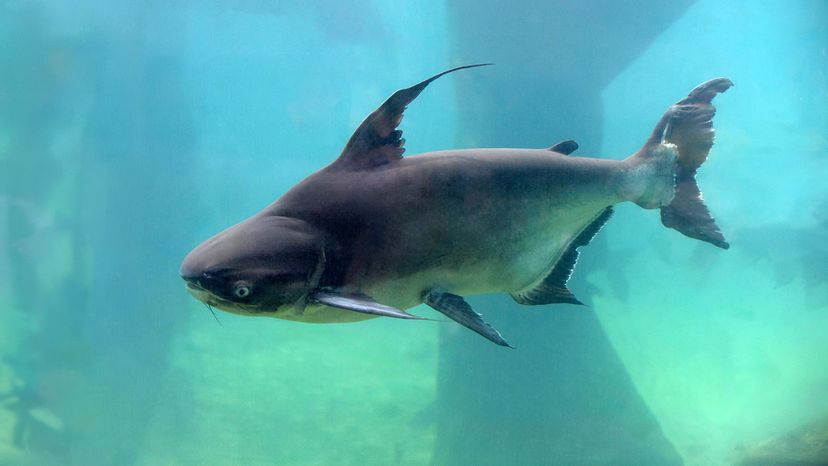
One of the largest fish in the world, the Mekong giant catfish can grow over 10 feet (3 meters) long and weigh nearly 650 pounds (294.8 kilograms). Found in Southeast Asia’s Mekong River, this freshwater behemoth is a critically endangered species.
Unlike other species of catfish, it lacks barbels (those whisker-like feelers), making it an unusual giant in the aquatic world.
Advertisement
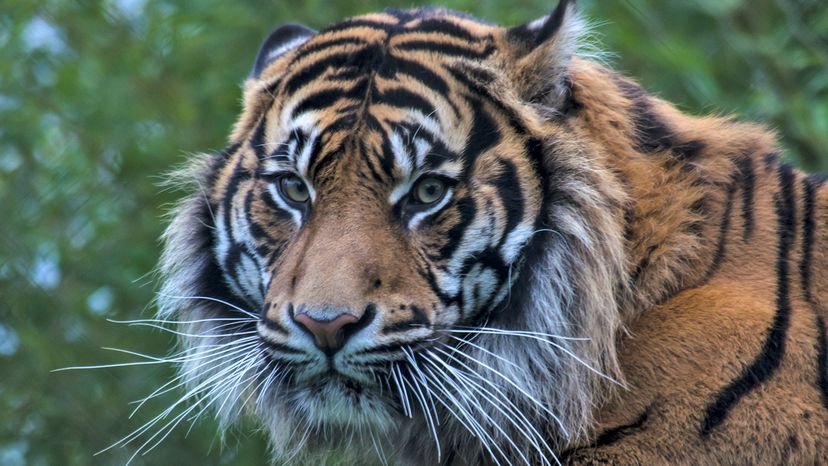
The Malayan tiger prowls the tropical forests of Malaysia and Thailand. As one of the smallest but fiercest tiger subspecies, it plays a crucial role in maintaining the region’s ecosystem. Sadly, habitat loss and poaching have pushed this big cat to the brink of extinction.
Advertisement
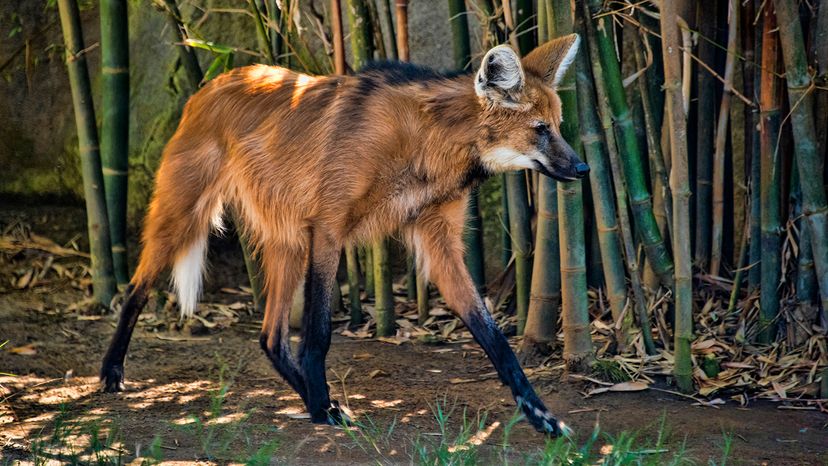
This leggy South American canine may look like a fox on stilts, but it’s actually its own unique species. Snubbing traditional wolf packs, the maned wolf prefers a solitary life in grasslands, hunting small prey and snacking on fruit. Some liken its powerful scent-marking skills to a marijuana-like odor.
Advertisement
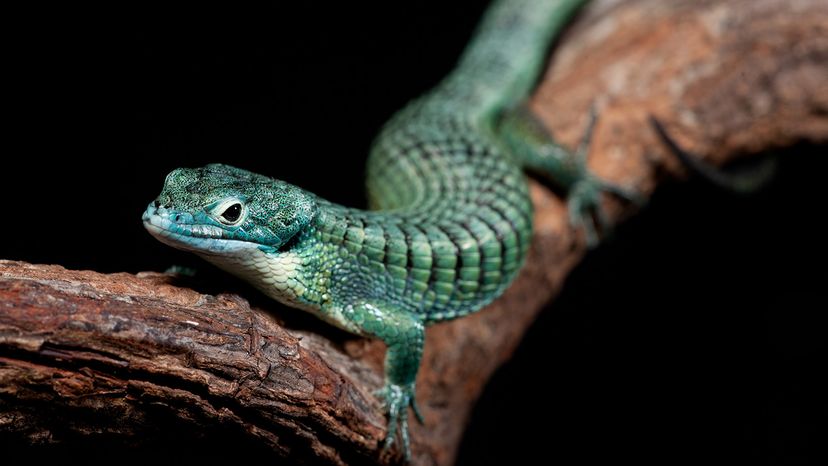
Another animal starting with "M" is this vibrant green reptile that looks like a tiny dragon and is freakishly good at climbing trees. The Mexican alligator lizard lives high up in cloud forests and spends most of its time clinging to branches and hunting insects.
Due to habitat destruction, it’s becoming increasingly rare in the wild.
Advertisement

One of Japan’s most dangerous snakes, the mamushi snake, a type of viper, delivers a venomous bite that can cause serious swelling and pain. Found in grasslands and forests, it’s closely related to the Japanese pit viper. Despite its fearsome reputation, this snake plays an important role in rodent control.
Advertisement
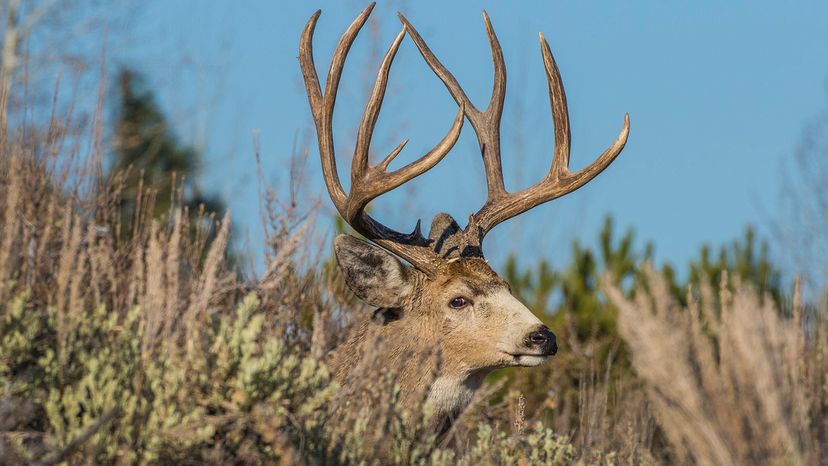
A staple of the western United States, the mule deer lives in rocky terrain. Unlike some members of the deer family, it bounds in a unique "stotting" motion, where all four hooves hit the ground at once. These adaptable herbivores are a common sight in forests, grasslands and even suburban backyards.
Advertisement

Moles are tiny, burrowing mammals famous for their velvety fur and powerful digging claws. Found throughout the northern hemisphere, these creatures spend their lives underground, hunting insects and aerating the soil.
Advertisement
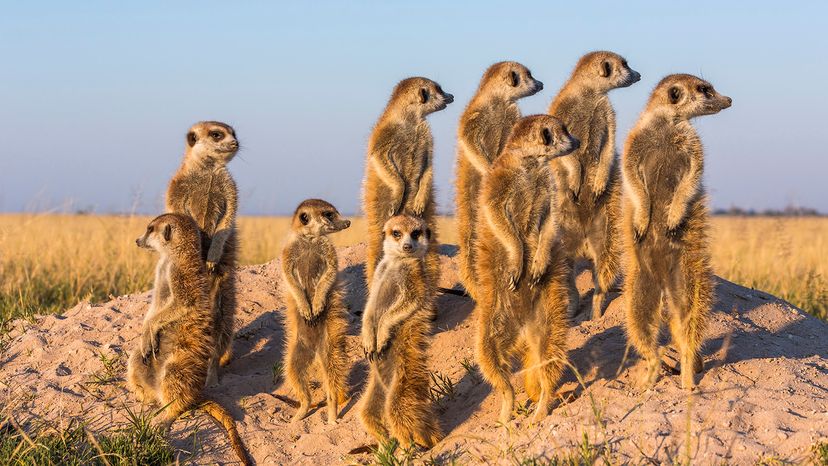
Meerkat meerkats are desert-dwelling, highly social animals that live in tight-knit groups called mobs. Known for their upright posture and watchful nature, they work together to protect their burrows from predators.
Their diet consists of insects, small reptiles and even scorpions, thanks to their immunity to venom.
Advertisement
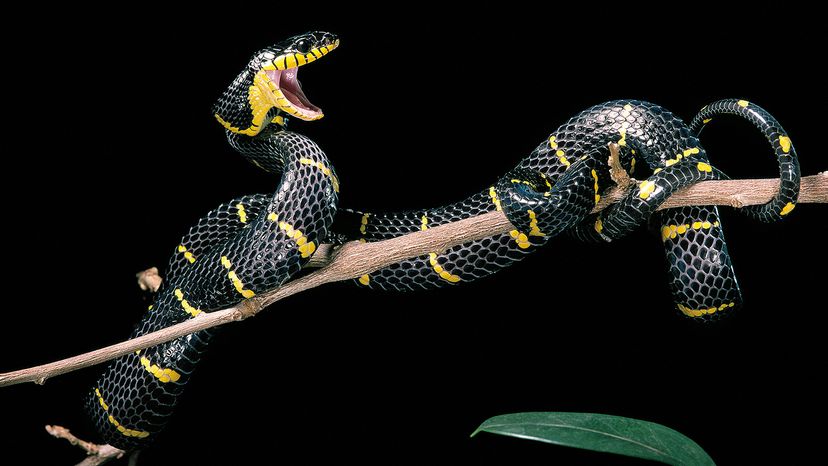
This striking black-and-yellow reptile is a skilled climber, often slithering through trees in Southeast Asian mangrove forests. While it’s mildly venomous, it’s not one of the world’s most dangerous snakes. However, its aggressive nature means you're safer admiring them from a safe distance.
Advertisement

Often called sea cows, manatees are some of the ocean’s most gentle giants. These slow-moving marine mammals graze on seagrasses and spend most of their time floating peacefully in warm waters. Sadly, collisions with boats pose a significant threat to their survival.
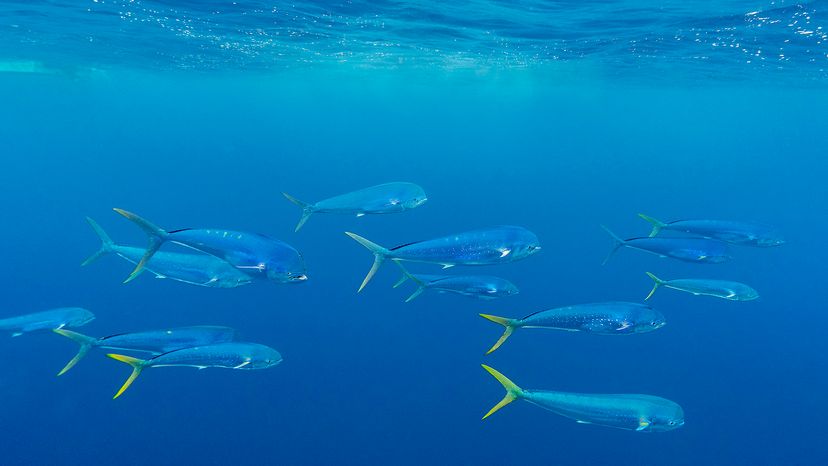
Also known as the dolphin fish, this vibrant blue-and-gold fish is famous for its speed and agility. A favorite among sport fishers, it’s not related to actual dolphins but is an important part of tropical ocean ecosystems.
Its ability to change color when excited or stressed makes it one of the ocean’s most dazzling creatures.
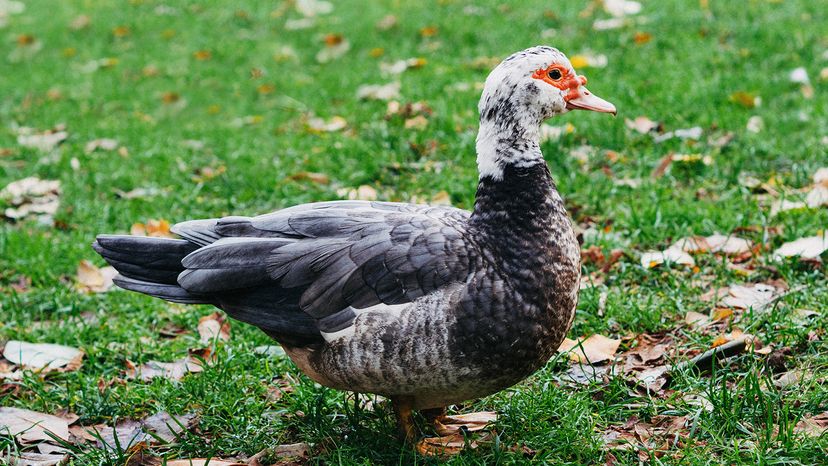
One of the most unique domestic duck breeds, the Muscovy duck is native to Central and South America. Unlike other duck species, it doesn’t quack; its vocalizations are more of a hissing sound. Its distinctive red facial caruncles make it easy to spot among other birds.
We created this article in conjunction with AI technology, then made sure it was fact-checked and edited by a HowStuffWorks editor.
Please copy/paste the following text to properly cite this HowStuffWorks.com article:
Advertisement